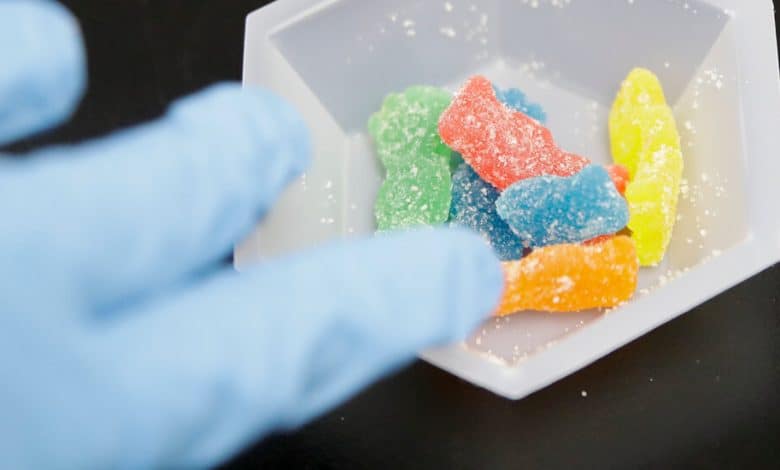Legalized Weed Is Landing More Seniors in the E.R.

The News
As more places legalize marijuana, policymakers and health officials have worried about the health risks that the drug may pose to adolescents. But a new study suggests that an additional demographic is at risk: seniors.
The study, published Monday in JAMA Internal Medicine, found that after Canada legalized marijuana, the number of emergency room visits for cannabis poisoning rose sharply among people ages 65 and older. Poisonings doubled after Canada legalized sale of the cannabis flower, and then tripled just 15 months later, when Canada legalized the sale of edibles.
“It’s often a baked good, a chocolate or a gummy,” said Dr. Nathan Stall, a geriatrician at Mount Sinai Hospital and researcher at Women’s College Hospital in Toronto, and lead author on the study. Dr. Stall noted that researchers and emergency room doctors were finding that seniors used drugs intentionally but also sometimes by accident, when edibles were mistaken for regular food or snacks.
Symptoms of cannabis poisoning can include dizziness, confusion, nausea, loss of coordination and balance, drowsiness and hallucinations.
The findings were consistent with other research published in the United States, Dr. Stall said, and showed that more attention needed to be paid to drug use by seniors, and to the health effects.
“It’s somewhat in the shadows, and there is some ageism and bias in thinking that older adults aren’t using drugs,” Dr. Stall said.

Edible marijuana samples at a cannabis testing laboratory in Santa Ana, Calif.Credit…Chris Carlson/Associated Press
The Study
The study looked at 2,322 emergency room visits for cannabis poisoning among people 65 and older in Ontario. The visits spanned 2015 through 2022, allowing researchers to see what happened before and after October 2018, when Canada legalized the sale of dried cannabis, and January 2020, when the sale of edibles was legalized.
In 2015, there were 55 emergency room visits caused by cannabis poisoning. That figure rose steadily to 462 by 2021, and then fell off slightly to 404 in 2022.
Dr. Stall said he was motivated to undertake the study after being called into the emergency room to consult on an octogenarian who was experiencing severe confusion. The patient was barely conscious and showed strokelike symptoms. Multiple tests revealed no clear cause, until Dr. Stall ordered a toxicology test and found cannabis in the patient’s urine.
